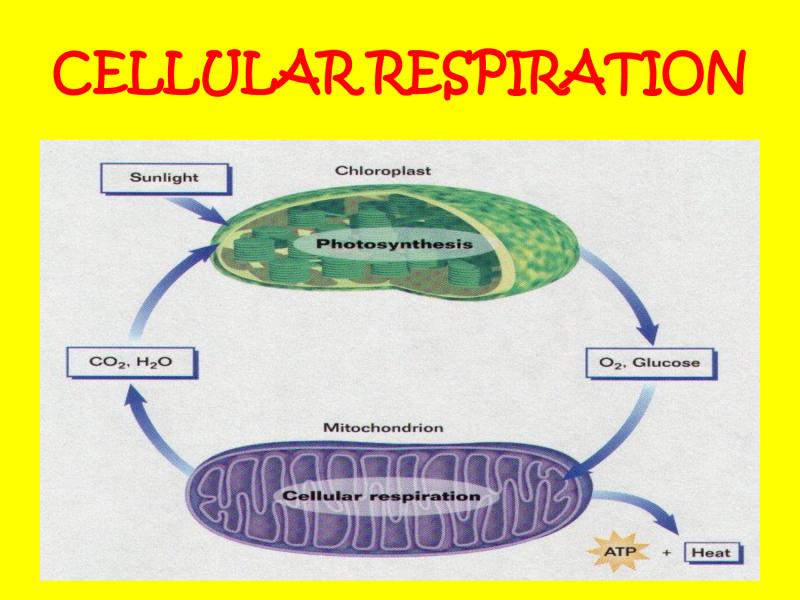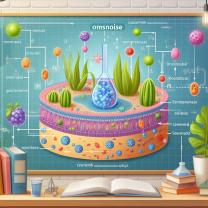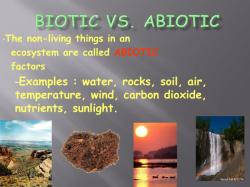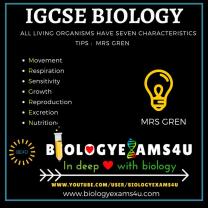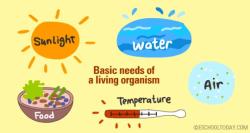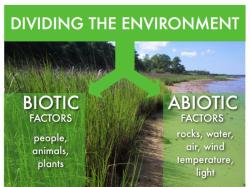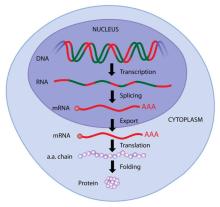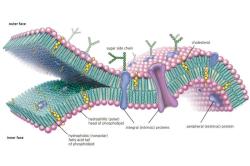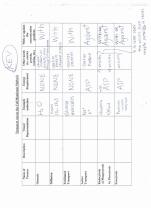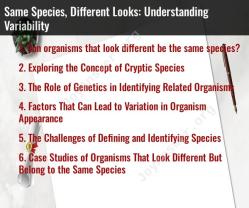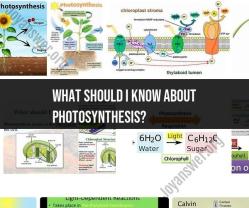What does cellular respiration use and make?
Cellular respiration is a complex process that occurs in cells to generate energy in the form of ATP (adenosine triphosphate). It involves the breakdown of nutrients, typically glucose, and the subsequent conversion of the released energy into ATP through a series of biochemical reactions. Cellular respiration occurs in three main stages: glycolysis, the Krebs Cycle (citric acid cycle), and the electron transport chain with oxidative phosphorylation. Here's a comprehensive overview of what cellular respiration uses and produces:
1. Input: Glucose
- Source: Glucose is the primary fuel for cellular respiration. It can be derived from various sources, including carbohydrates consumed in the diet.
- Process: Glucose is broken down in a series of enzymatic reactions to release energy.
2. Outputs of Glycolysis (Anaerobic):
- Location: Cytoplasm
- Net Output (Per Glucose Molecule):
- 2 molecules of ATP (used in glycolysis).
- 2 molecules of NADH (carries high-energy electrons to later stages).
3. Outputs of Krebs Cycle (Citric Acid Cycle):
- Location: Mitochondrial Matrix
- Per Glucose Molecule (Two Cycles):
- 6 molecules of NADH (carries high-energy electrons to the electron transport chain).
- 2 molecules of FADH2 (also carries high-energy electrons to the electron transport chain).
- 2 molecules of ATP (produced through substrate-level phosphorylation).
- 4 molecules of carbon dioxide (released as waste).
4. Outputs of Electron Transport Chain and Oxidative Phosphorylation (Aerobic):
- Location: Inner Mitochondrial Membrane (Electron Transport Chain) and Inner Mitochondrial Membrane Space (Oxidative Phosphorylation)
- Per Molecule of Glucose:
- Up to 34 molecules of ATP (produced through oxidative phosphorylation).
- Water (a byproduct of oxygen accepting electrons and protons at the end of the electron transport chain).
5. Overall Equation for Cellular Respiration:
- The overall chemical equation for cellular respiration is:
- C6H12O6 (glucose) + 6O2 (oxygen) → 6CO2 (carbon dioxide) + 6H2O (water) + ATP (energy)
6. Energy Carrier Molecules:
- NADH and FADH2: These molecules, produced during glycolysis and the Krebs Cycle, carry high-energy electrons to the electron transport chain.
7. ATP (Adenosine Triphosphate):
- Function: ATP is the primary energy currency of cells, used for various cellular activities.
- Production: ATP is produced through substrate-level phosphorylation (glycolysis and the Krebs Cycle) and oxidative phosphorylation (electron transport chain).
8. Heat:
- Some energy is released as heat during cellular respiration, contributing to the overall maintenance of body temperature.
9. Anaerobic Respiration (Fermentation):
- In the absence of oxygen, cells may undergo anaerobic respiration, leading to the production of:
- Lactic Acid (in lactic acid fermentation) or
- Ethanol and Carbon Dioxide (in alcoholic fermentation).
Summary:
- Inputs: Glucose and Oxygen (in aerobic respiration).
- Outputs: ATP, Carbon Dioxide, Water, NADH, FADH2, and Heat.
Cellular respiration is a vital process that sustains life by providing cells with the energy needed for growth, maintenance, and various cellular functions. The series of reactions involved in cellular respiration ensures the efficient extraction of energy from glucose while maintaining the balance of chemical reactions within the cell.
Sure, here are the answers to your questions:
What molecules does cellular respiration utilize and produce?
Cellular respiration is a complex process that involves the breakdown of glucose to produce energy. The main molecules involved in cellular respiration are:
Glucose: Glucose is the main fuel molecule for cellular respiration. It is a simple sugar that is broken down into pyruvate during glycolysis.
Pyruvate: Pyruvate is a three-carbon molecule that is produced from glucose during glycolysis. It is then transported into the mitochondria for further oxidation.
Acetyl-CoA: Acetyl-CoA is a two-carbon molecule that is produced from pyruvate in the mitochondria. It enters the Krebs cycle, where it is further oxidized to produce carbon dioxide and energy-rich molecules.
NADH and FADH2: NADH and FADH2 are electron carriers that transport electrons from the breakdown of glucose to the electron transport chain. The energy released from the electron transport chain is used to generate ATP.
ATP: ATP (adenosine triphosphate) is the energy currency of cells. It is produced during cellular respiration and is used to power a wide variety of cellular processes.
How is glucose broken down during cellular respiration?
Glucose is broken down into pyruvate during glycolysis, which takes place in the cytoplasm of the cell. Glycolysis is a series of ten enzyme-catalyzed reactions that convert glucose into pyruvate. The energy released from glycolysis is used to produce two ATP molecules and two NADH molecules.
What role do oxygen and carbon dioxide play in cellular respiration?
Oxygen is an essential molecule for aerobic respiration. It is used in the electron transport chain to accept electrons from NADH and FADH2. The energy released from the electron transport chain is used to pump protons across the inner mitochondrial membrane, creating a proton gradient. The proton gradient is then used to generate ATP through a process called oxidative phosphorylation.
Carbon dioxide is a waste product of cellular respiration. It is produced from the oxidation of pyruvate in the Krebs cycle. Carbon dioxide is then released from the cell through diffusion.
How are ATP and energy generated in cellular respiration?
ATP is generated during cellular respiration through two main processes:
Substrate-level phosphorylation: This process occurs during glycolysis and the Krebs cycle. ATP is produced by directly transferring a phosphate group from a high-energy molecule to ADP (adenosine diphosphate).
Oxidative phosphorylation: This process occurs in the electron transport chain. ATP is produced by using the energy from the proton gradient to pump protons back into the mitochondria. This movement of protons drives a turbine-like protein called ATP synthase, which generates ATP from ADP and inorganic phosphate.
What waste products result from cellular respiration?
The main waste products of cellular respiration are:
Carbon dioxide: Carbon dioxide is produced from the oxidation of pyruvate in the Krebs cycle.
Water: Water is produced as a byproduct of the oxidation of glucose and other molecules during cellular respiration.
Lactic acid: Lactic acid is a waste product of anaerobic respiration. It is produced when muscle cells break down glucose without oxygen.
Cellular respiration is an essential process that all cells must carry out to produce energy. It is a complex process that involves a variety of molecules and reactions. By understanding the basics of cellular respiration, we can better understand how cells produce energy and how this process is essential for life.
